China announced measures for the Compulsory Licensing for Patent Implementation in a statement on 1 May 2012. The country is saying that it intends to become a generics producer for the domestic and possibly the international market.
The background
China’s interest in compulsory licences dates from 2008/9, when its State Intellectual Property Office invited foreign experts to Beijing to show Chinese officials how to prepare the legal grounds for them. Until recently, China has flouted intellectual property law in many ways, but is gradually strengthening its legal framework. China has long been producing active pharmaceutical ingredients (APIs) for medicines, exporting them to foreign drugmakers, which then sell the patented finished products back to China at prices that the average Chinese citizen often cannot afford. In doing so, it is gradually raising the quality of its pharmaceutical production to international standards.
Compulsory licences can be issued under the World Trade Organization rules where life-saving treatments are unaffordable. Eligible companies can then produce generic versions of patented drugs in the public interest. India and Thailand have famously stood up to Big Pharma to produce drugs at prices affordable within their country, even while the drugs have been under patent [1]. So the pharmaceutical industry should have seen this coming.
Was AIDS the spur?
China was reticent about its AIDS problem in the 1990s but has recently decided to try and deal with it. Tenofovir is recommended by WHO as part of a first-line cocktail treatment so Gilead Sciences became the first major firm to come up against the new situation. It markets tenofovir as Viread. The drugmaker agreed to share patent rights in a patent pool with generics drugmakers from several countries in July 2011 in return for a small royalty, but China was not part of the agreement and had to continue paying high prices for Viread. Since the change in the patent law, Gilead has apparently offered China concessions.
The change in attitude may also be part of the Government’s attempt to manage the transition to a global economy, by gradually making more drugs affordable. In the current balancing act, the country is struggling to keep growing but at the same time make the benefits accessible to large numbers of people.
The effect on Big Pharma
The pharmaceutical industry has been investing heavily in new Chinese facilities, plus hiring thousands of new sales representatives to take their products to the Chinese masses. The country is a vital growth market at a time when sales in Western countries are flagging. Large sales are potentially still to be made, but the payoff looks to be more complex and perhaps less massive than it did a few years ago.
China already sells many off-patent medicines cheaply to developing countries. For ‘reasons of public health’, licensed drugmakers can also ask to export these patent-protected medicines to other countries, including members of the World Trade Organization. We live in interesting times.
Related articles
Bayer opposes sorafenib compulsory licence in India
PhRMA speaks out against compulsory licensing in India
China cuts drug prices for the second time in 2011
TRIPS and access to essential medicines
China’s healthcare reform in 2010
Reference
1. GaBI Online - Generics and Biosimilars Initiative. Indian Government issues first compulsory licence [www.gabionline.net]. Mol, Belgium: Pro Pharma Communications International; [cited 2012 Jun 22]. Available from: www.gabionline.net/Generics/General/Indian-Government-issues-first-compulsory-licence








 0
0
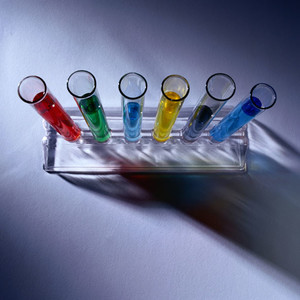

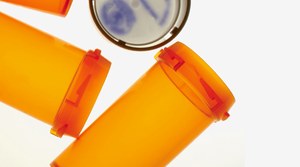
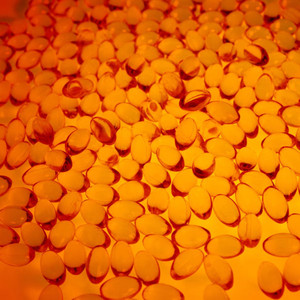
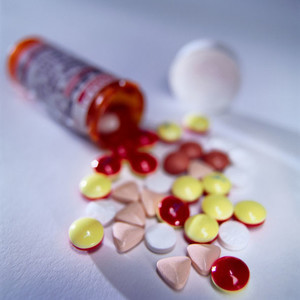
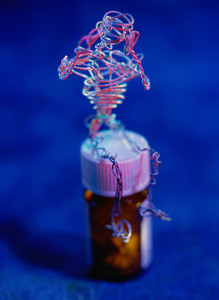





Post your comment